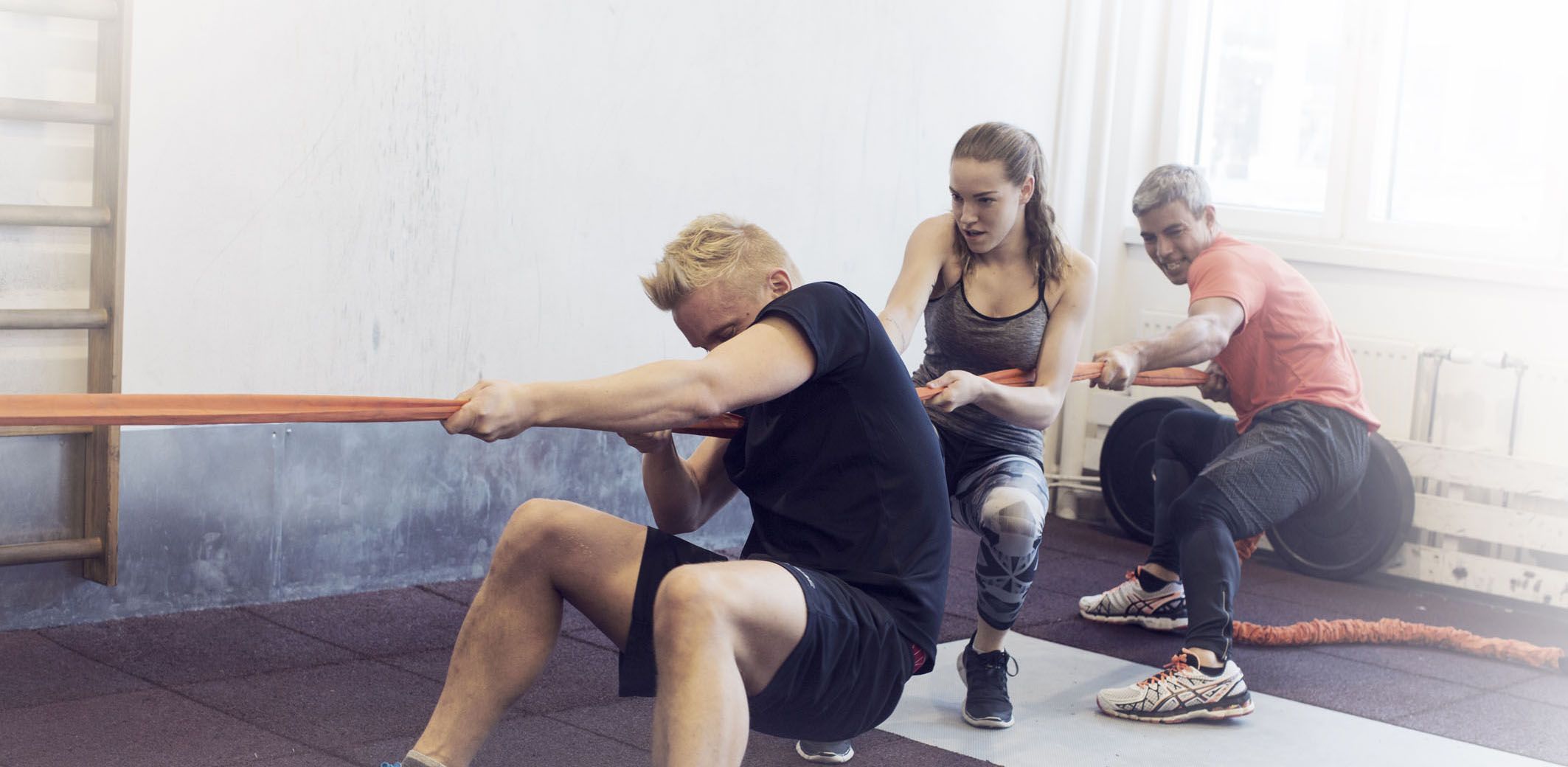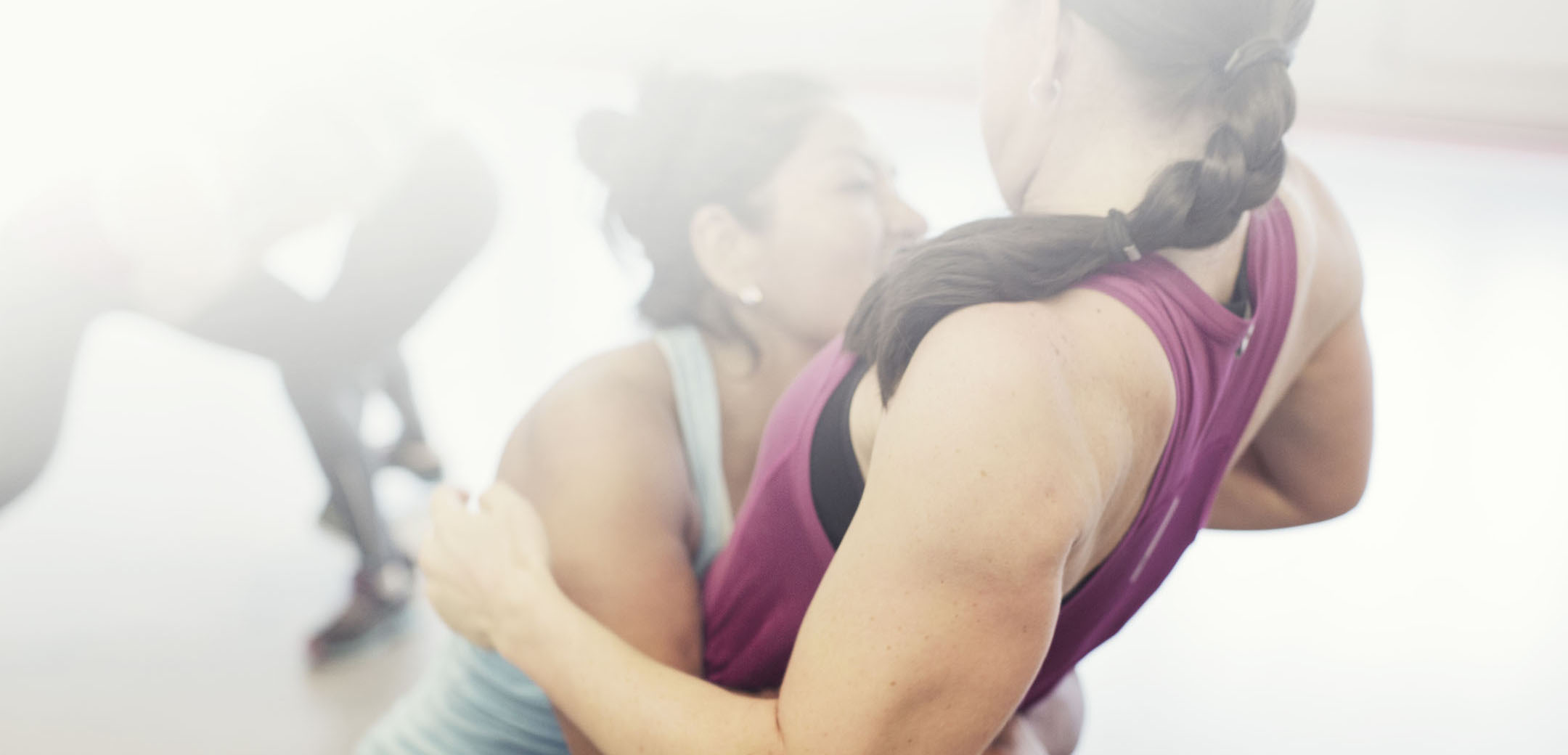
The toughest is HIT
HIT (high-intensity training) is a class created to be the toughest in Friskis & Svetti's range. During the review of the exercises in the beginning of the class, it is often joked about how you regret that you got there. Already after one minute, you should be at a level that you experience as very, very strenuous. It is not completely harmless, of course.- I emphasize at every review how important it is to never be careless with the technology. Everyone nods, but correcting during the actual pass is not quite simple, says Magnus.
Train to train
The kick you get by going all in with everything you have is a great driving force. But in the delight of exercising hard it can be difficult to incorporate facts about how to get the best effect. Leading researchers believe that 80 percent of your training should be of a constructive nature and 20 percent really challenging.- You can be big and strong and still not manage a single squat with good technology in full length of motion, says Magnus.
A tip is therefore to train your weaknesses. How about mobility? The technology? And the recovery, do you bring it in a good way?
- Everyone should leave a lot of room for constructive training. Exercising is about acquiring capacity to gradually manage more training. One should, so to speak, train to train, says Magnus.
The higher the intensity, the more rest
An important training principle is to increase the dose step by step in order to adapt to a higher load. The body may need one to two months per step to catch up. Only a few kilos on the bar or a couple of kilometers extra when running will be a real percentage increase when you look at the entire exercise dose in a longer perspective.Think in weeks rather than classes when you intensify your exercise with longer running distances, heavier weights or more and faster repetitions. Be aware of how it hurts, because you will experience pain when you increase. Exercise pain and fatigue are okay. But you should probably increase at a slower pace than you think.

Long-term strong
The fact that it is difficult to slow down for those who like to practice tough is understandable. It is so much positive with high-intensity training. For example, it rewards quickly. The body responds obediently because you give it a clear signal. It is nice to feel strong. And healthy. As long as you don't hurt yourself.
- It is difficult to give general advice, but expect 2-3 days of recovery if you tired the muscles considerably, says Magnus.
If you experience a general feeling, you have most likely broken your muscles and are in a constructive phase. The muscles are not ready for the level you signaled that you intend be on in the future.
- Let your body recover and do not start exercising with fatigue in the body. When the class starts, your resources should be at the top, says Magnus.
To have fun
When you plan the exercise week, you have a lot to consider. Different energy systems get tired depending on how you exercise. You must learn to interpret the signals. How do you react, for example, to the difference between a high-intensity passport and a volume pass, the difference between training your maximum strength and training with a high pulse, the difference in the number of lifting kilograms during one and the same pass and number of minutes you lift?
- When it comes to high-intensity training, be sure to give yourself enough relief and rest. In terms of quantity, be sure to vary yourself. And don't forget to have fun for God's sake, says Magnus.
Perhaps the principle of fun is the most important. Because if you do not think it is fun to practice, you will eventually not work out. The purpose of training, both soft and tough, must still be to have fun in the long run, to cope with the challenges of life, both things that you want to cope with and things you have to cope with?
Build your training on smart principles
The tip is: Broaden your training! Feel free to go for it but do it without running past yourself. Effort gives a nice feeling in the body and affects your sense of life in a positive way. Then work hard but never lose control. Take care of your squats and think longer!
- A majority of all training injuries are due to overload. They can be avoided if you take it easy and rest when you feel that something is not quite ok in the back, a muscle or a joint, says Magnus.
There are many opportunities for tough training at Friskis. Our trainers in the gym can help you with inspiration and guidance for hard training arrangements and among the group training sessions we have several arrangements for those who love to take in a lot.
